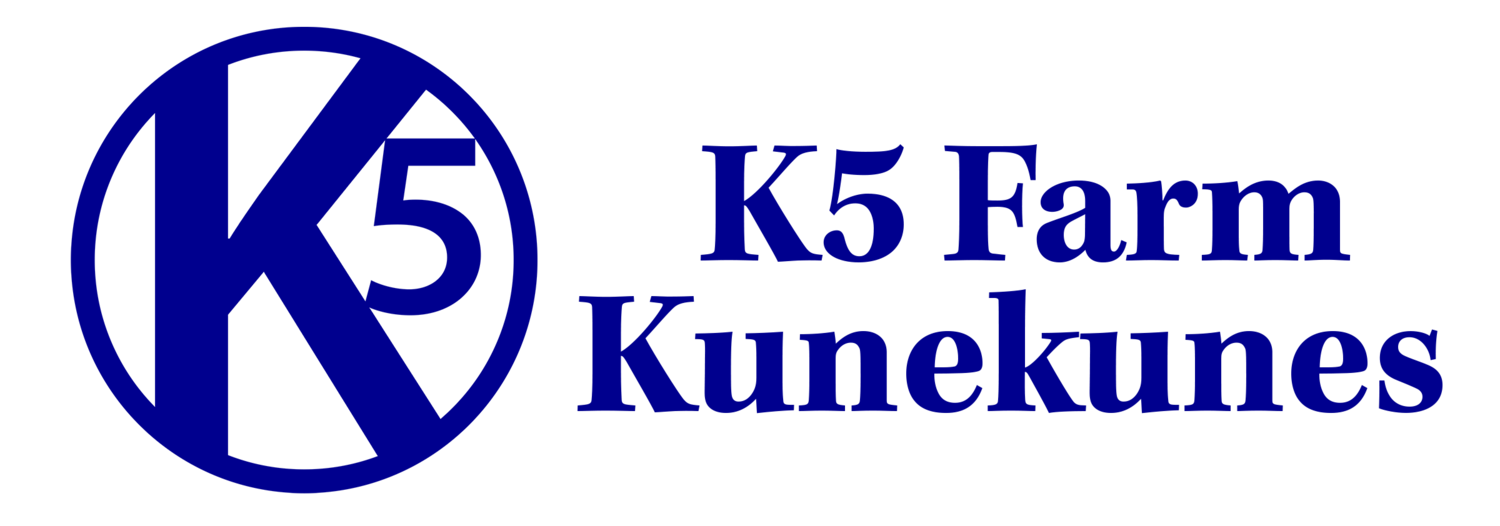Farm Record Keeping
It is easy to not treat your farm like a business but if you want to grow your program, maintain positive client relationships and/or avoid financial problems then a careful record keeping system is a must. There are many things to keep track of, here are some of the resources that we have created to keep our farm running at its best. There are links for each of the documents that we use listed below. Feel free to recreate them with your farm’s information and use them as a template.
#1 Sales Contract
Sales contracts are an essential way to keep your business running smoothly. The buyer will feel more secure when given a contract and it will make your business look more professional. You need all of the buyer’s information in order to register the animals and this is a way that you can track each transaction in case there are problems in the future. Boarlings might not have testicles that drop, a gilt may not end up being fertile etc. If you have a contract you can resolve any issues that may arise much more easily because you can at the least confirm the age and parentage of the animal, the sale date and the original purchase price. The contract also serves as a basic medical record for each animal. On the back of our sales contract we have important information about how we handle deposits, sickness issues, late pickups, boarding fees. By having all of this information clearly written out and publicly posted (ours is on our website), it can avoid messy legal issues should a dispute arise.
#2 Hold Harmless Agreement
A hold harmless agreement is cheap insurance against a liability lawsuit. By having farm visitors sign this you can receive some protection if they get bitten, stepped on, stung, fall etc. You could have visitors sign it before visiting or have one ready for them to sign upon arrival.
#3 Litter Data Sheet
This might be arguably the most important of all of your records! This sheet gives you a comprehensive collection of everything that you need to manage, sell and register your piglets. I add the sow and boars’ registration numbers and DNA numbers to the top right corner too. You can track whichever vaccinations and wormers that you give, including dates for buyer’s records. W? is where you write 0, 1 or 2 wattles. W/A is for you to track piglet growth rates (weight/age). We usually weigh at one week, two weeks, three weeks, five weeks and eight weeks. The registration date is important to document- the registries can sometimes take a long time to complete paperwork, and more than once a buyer has reached out wondering what is taking so long. If you can tell them the day that you registered their piglet, it displaces the blame for the delay from you. Finally, as you sell piglets you can write the price and buyer’s name so that you can easily look back years later if there is an issue with an animal. I clip all the sales contracts behind this document and it serves as a cover sheet. I then archive my records based on the litter data sheets.
#4 Boar and Sow Lists
I keep separate lists of my boars and sows listed in order of age. Included are their bloodlines. Each breeding animal is rated according to the qualities that we are selecting for with our program. They get a point for each quality; a champion title, a grand/supreme champion title, the tapeka trait color, wattle dominancy, sweet natures, reaching 200 lb by 12 months of age, and litters of seven or more. This gives me a way to quantifiably 'rank’ each animal based on its performance and contribution to our program. When it comes time to plan breeding pairings or to sell adult stock, this can be very helpful.




